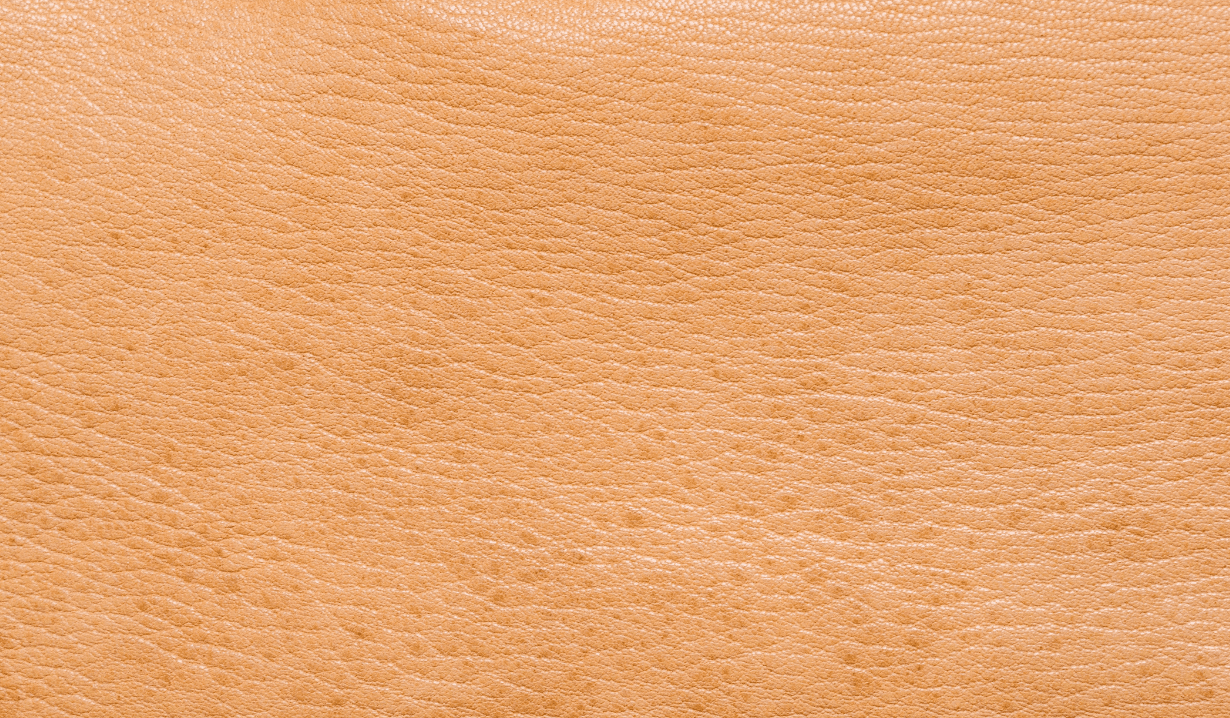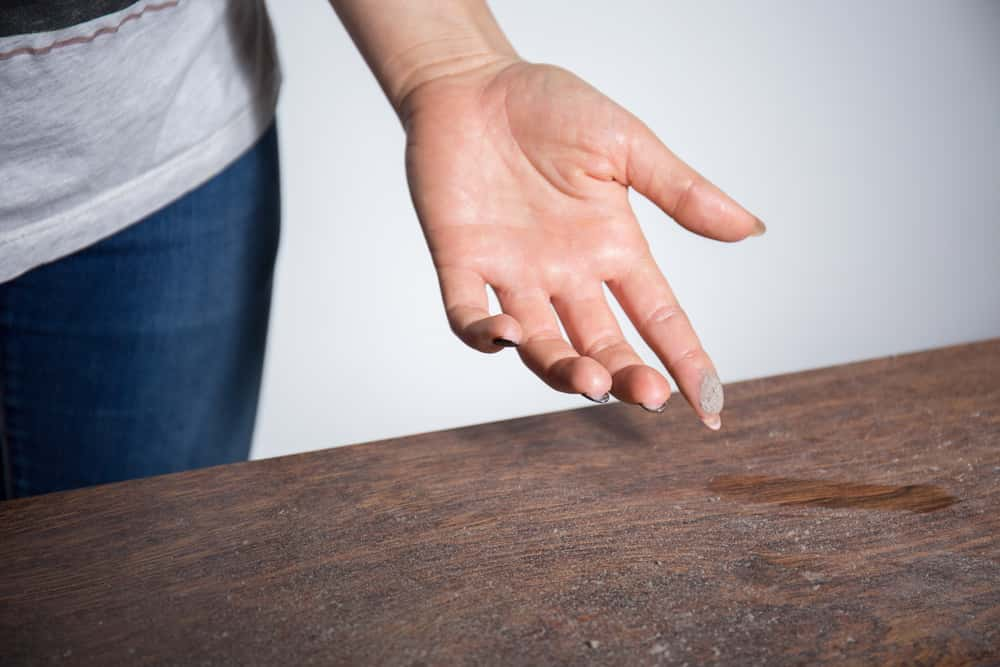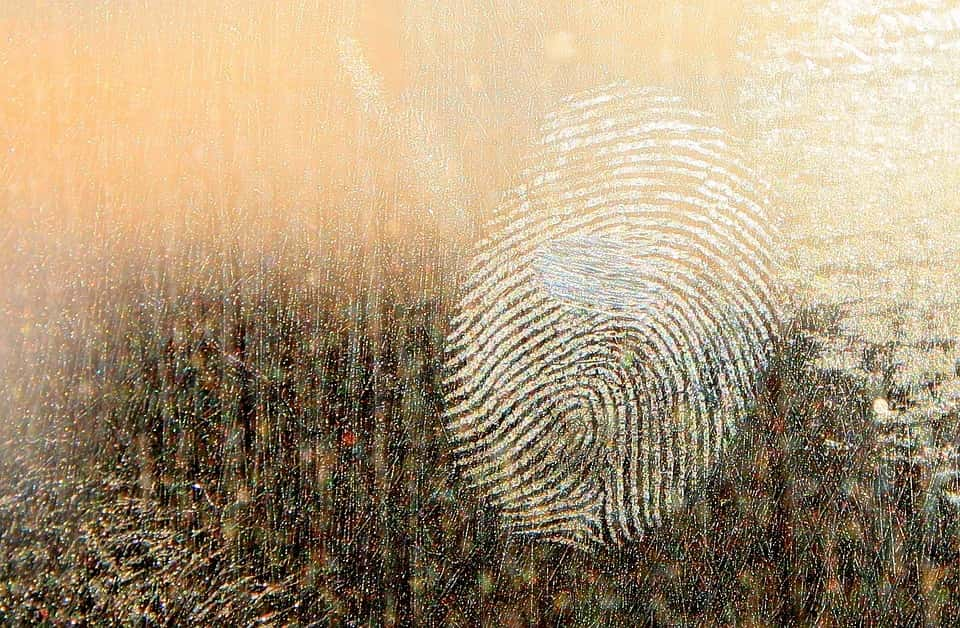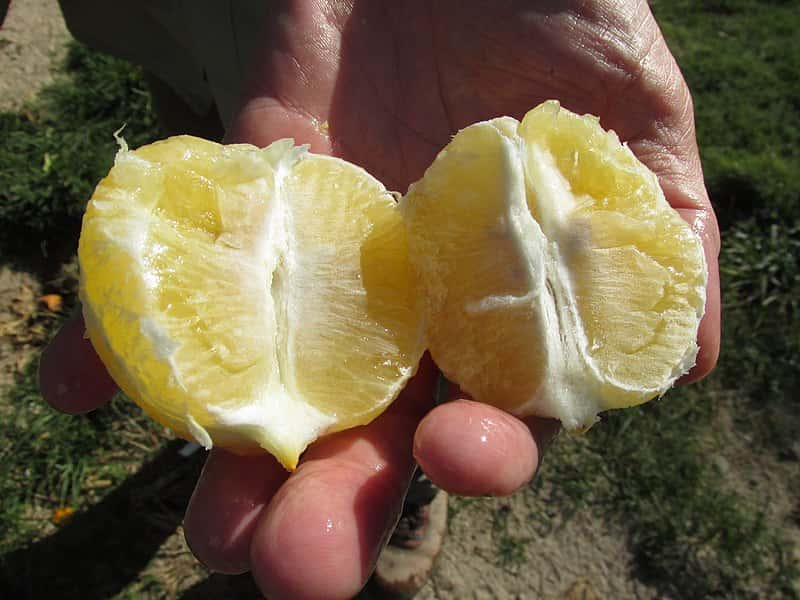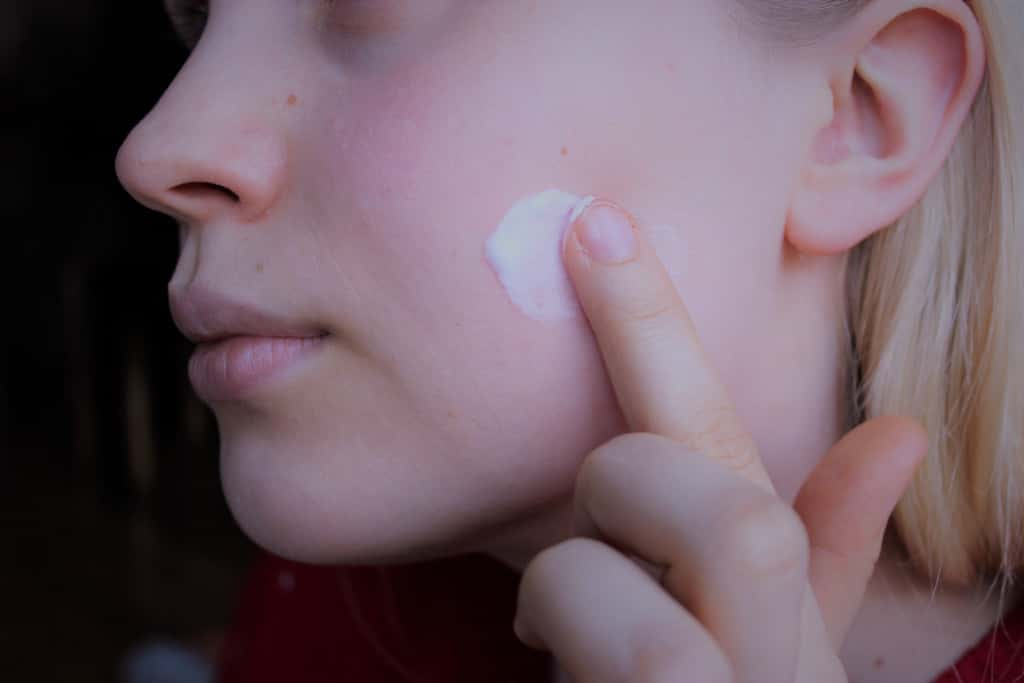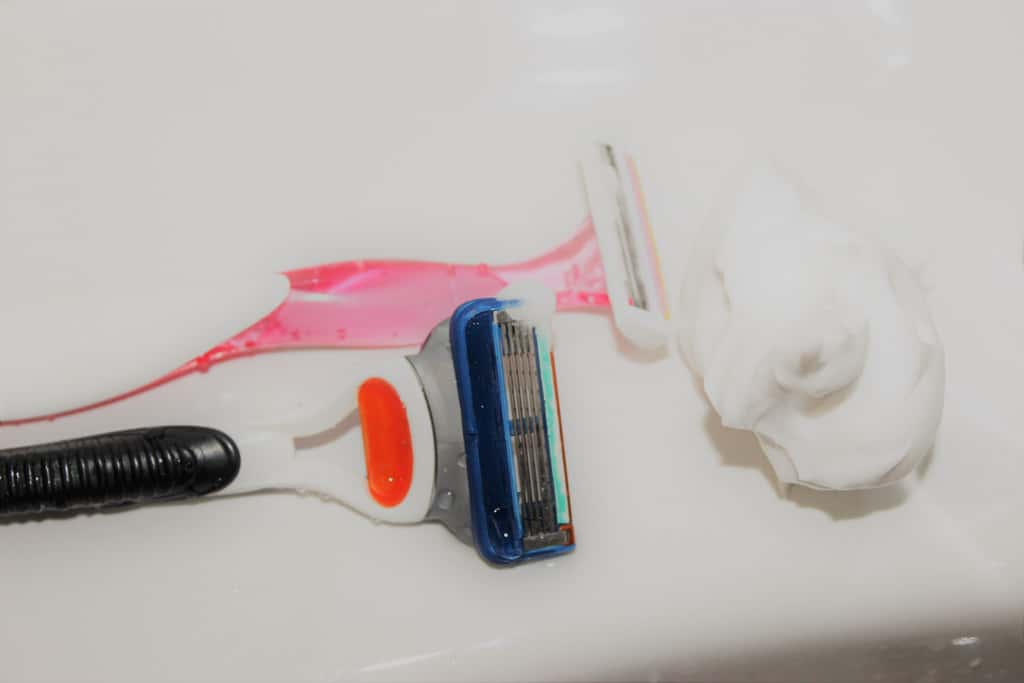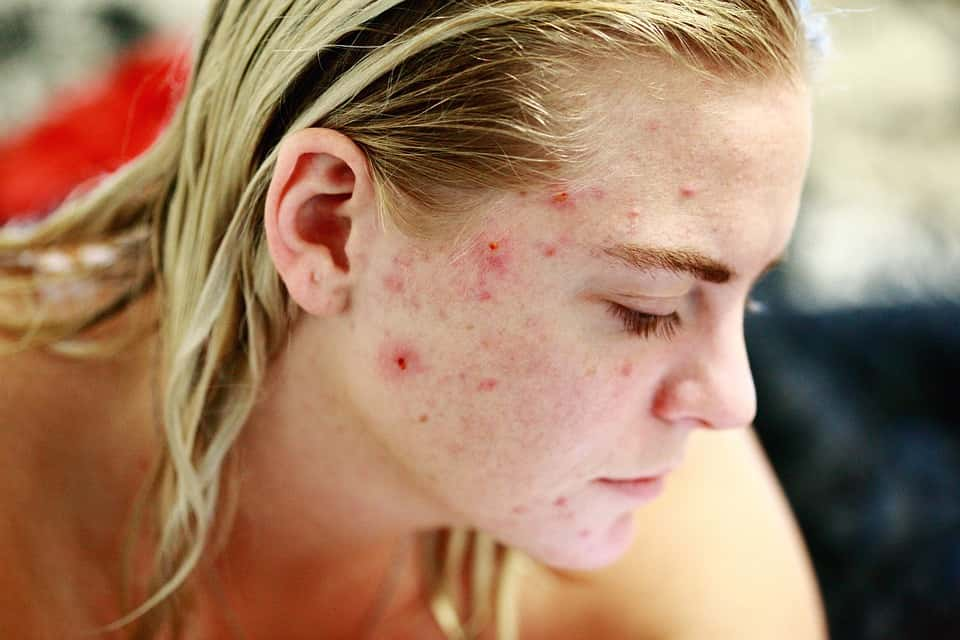“Skin care is like dieting. You have to invest time and effort. There is no instant miracle cure.”
-Karen Grant
Skin is the largest human organ, protecting our bones and muscles from the outside elements. We decorate our skin with makeup, tattoos, or piercings, pamper it with lotions, and drape it in various clothing. Our skin has a lot to say about our health, lifestyle, and age.
Skin Facts
26. Total Coverage
The average person has two square meters of skin. Skin makes up about 15% of body weight, and is the thickest on the feet, and the thinnest on the eyelids.
25. How Many Again
The average adult has more than 11 miles of blood vessels for their skin, which provide oxygen and other resources to your body's 35 billion skin cells. In a single square inch of skin alone, there are about 19 million cells and 625 sweat glands!
24. Dead Skin Heaven
We shed nearly 30,000 to 40,000 skin cells every minute. In fact, more than half of the dust in your home is made up of dead skin. Dead skin also makes up around a billion tons of dust within the earth’s atmosphere.
23. Merely A Scratch
When the skin is exposed to friction or pressure repeatedly, it typically becomes thicker by forming a callus at the site. Sin that suffers sever damage develops scar tissue to heal itself. Scar tissue differs from normal skin, because it doesn’t have hair or sweat glands.
22. Feeling Brand New
Skin (most specifically the outer layer of skin called the epidermis) renews itself every 28 days. There are also more than 1,000 species of bacteria that call your skin home. On surfaces like the face, which are more prone to being oily, up to 500 million bacteria can be found on the surface.
 Pixabay
Pixabay
21. A Sweaty Situation
When the weather is hot, the sweat glands in skin can produce up to 3 gallons of sweat a day. The eardrums, nail bed, margins of the lips, and tips of the penis do not sweat. Fatty secretions produced by the apocrine sweat gland, as found under the armpits and the genital region, are the reason for body odor in those areas.
20. Baby Love
A baby develops their permanent skin tone within a 6 month period.
19. The Power Of Touch
Fingerprints help people get a better grip on things, by increasing friction. Some people may never develop fingerprints. This is a result of either a genetic defect caused by Naegeli Syndrome or Dermatopathia Pigmentosa Reticularis.
18. Scientific Classification
Skin is known by the more scientific name cutaneous membrane. Composed of three different layers, the skin is made up of the epidermis, the dermis, and subcutis.
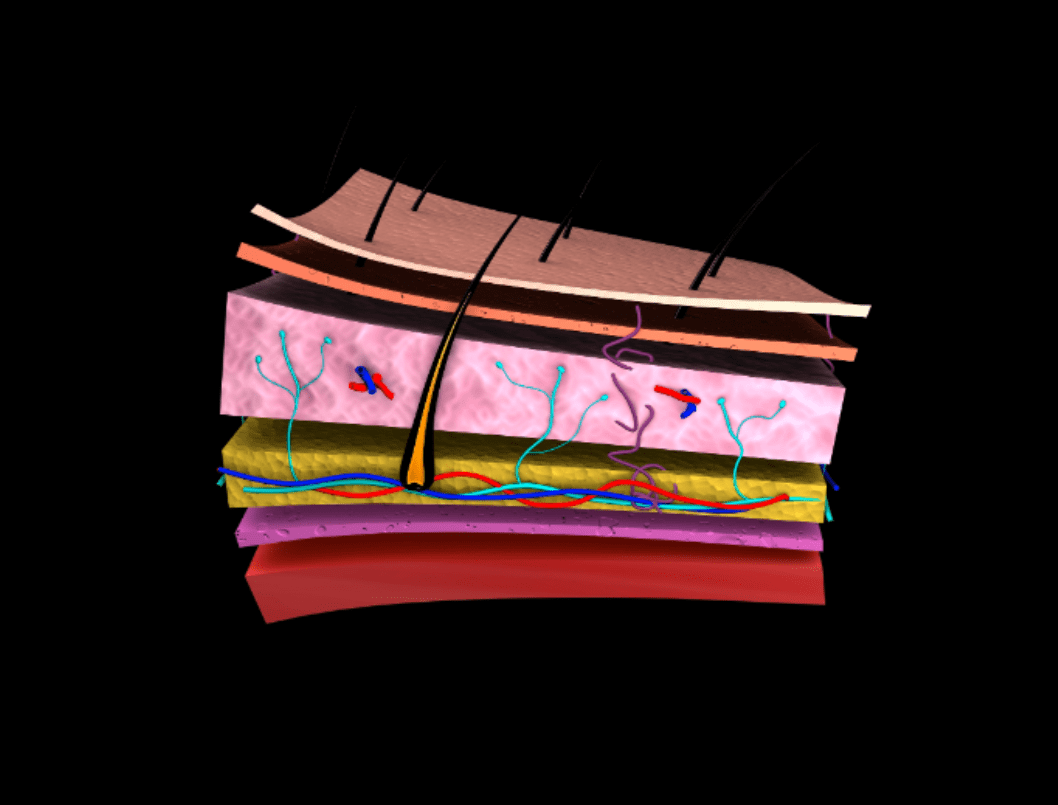 Getty Images
Getty Images

Sign up to our newsletter.
History’s most fascinating stories and darkest secrets, delivered to your inbox daily. Making distraction rewarding since 2017.
17. A Range Of Colors
Melanocytes are tentacle-shaped cells in the human body that are responsible for the level of melanin, giving skin its color. Eumelanin is dark brown or black in color. Pheomelanin is red or yellow. These two types of melanin are responsible for giving human skin its unique color and hue. People who have albinism, which occurs in 1 out of 110,000 births, do not have any melanocytes.
16. Made To Order
INTEGRA has produced artificial skin using bovine collagen and silicon. Artificial skin is used in medical treatments when there needs to be complete replacement of the skin.
15. Standing On End
Goose bumps tend to happen when the skin feels a little chilly, or something eerie takes place. Since every hair on the skin is attached to a small muscle, known as pili, external stimuli like cold temperatures or heightened emotions cause the pili to react. When the hair stands on end in response, you experience goose bumps.
14. To Save Your Skin
When a sunburn happens, the sun does not damage skin cells enough to cause them to deteriorate--not without a little help anyway. It's actually self-inflicted deterioration. When UV rays damage or change the DNA of our skin cells, the DNA will "direct" the cell to destroy itself to prevent the risk of cancer. ‘Desquamation’ is the term for skin peeling, which is typically a result of sunburn.
 Wikimedia Commons,Kelly Sue DeConnick
Wikimedia Commons,Kelly Sue DeConnick
13. Dangerous Paper
There are different types of receptors on varying parts of the skin. A paper cut hurts a lot because it doesn't cut deep enough to bleed, and because they expose the skin’s pain receptors to the open air.
 Max Pixel
Max Pixel
12. Escaping By Their Skin
The African spiny mouse is capable of shedding up to 60% of their skin on their back to escape a predator. Instead of making scar tissue, this mouse can regrow hair follicles, sweat glands, fur, and skin.
 Wikimedia Commons ,Olaf Leillinger
Wikimedia Commons ,Olaf Leillinger
11. Lime A-Way
It might not be such a good idea to make a margarita outside. The skin can actually suffer second degree burns and be discolored if lime juice is left on the hands on a sunny day. This phenomenon is called "margarita dematitis."
10. Smells Like Old People
Thanks to a chemical called 2-nonenal, which is secreted by older people through the skin, elderly people smell different than young people.
9. A Dubious Skin Care Ingredient
The foreskin, often removed during a circumcision, is used as an ingredient for high-end luxury skin creams. Fibroblasts are grown on the foreskin and then harvested for cosmetic uses. One foreskin can be used for many years in order to produce face creams.
In fact, an infant’s foreskin has special cell properties, similar to those found in stem cells. After circumcisions, hospitals often sell foreskins to private companies, sometimes for thousands of dollars a piece. They're also used for cosmetic testing, and for skin grafts, which can save the lives of burn victims.
8. Skin Problems
The sunfish is highly susceptible to getting skin parasites. Occasionally, the sunfish will go to the surface of the water to get the attention of a seabird. The seabird luckily will come down and dig out worms and other troublesome parasites out of the sunfish’s skin.
7. Leave Some Hair Down There
Shaving pubic hair can increase the risk of contracting an STD. Since shaving causes many cuts on the skin, it gives viruses and bacteria an easier entrance into the body. Yikes!
6. A Biting Obsession
Dermatophagia is the name for the impulse control disorder, describing people who constantly bite the skin around their fingernails, or the inside of their cheeks. The disorder is connected to obsession and anxiety.
5. A Morbid Collection
Harvard University Library has a collection of four books that are bound in human skin.
4. In Other Words
The phrase "in the buff" has been used to mean that someone is naked. Originally "in the buff" meant that someone was wearing a light leather tunic, as worn by English soldiers until the 17th century. Later on, writers and poets used the phrase to refer to skin that was a light brown-yellow in color. Eventually, "in the buff" was more commonly used to mean someone was naked from the 17th century on.
3. Reasons To Itch
There are many tiny mites that live on the surface of your skin, especially your face. At night, they typically engage in copulation, egg laying, and their cycle of life. These mites also expel their waste onto your skin.
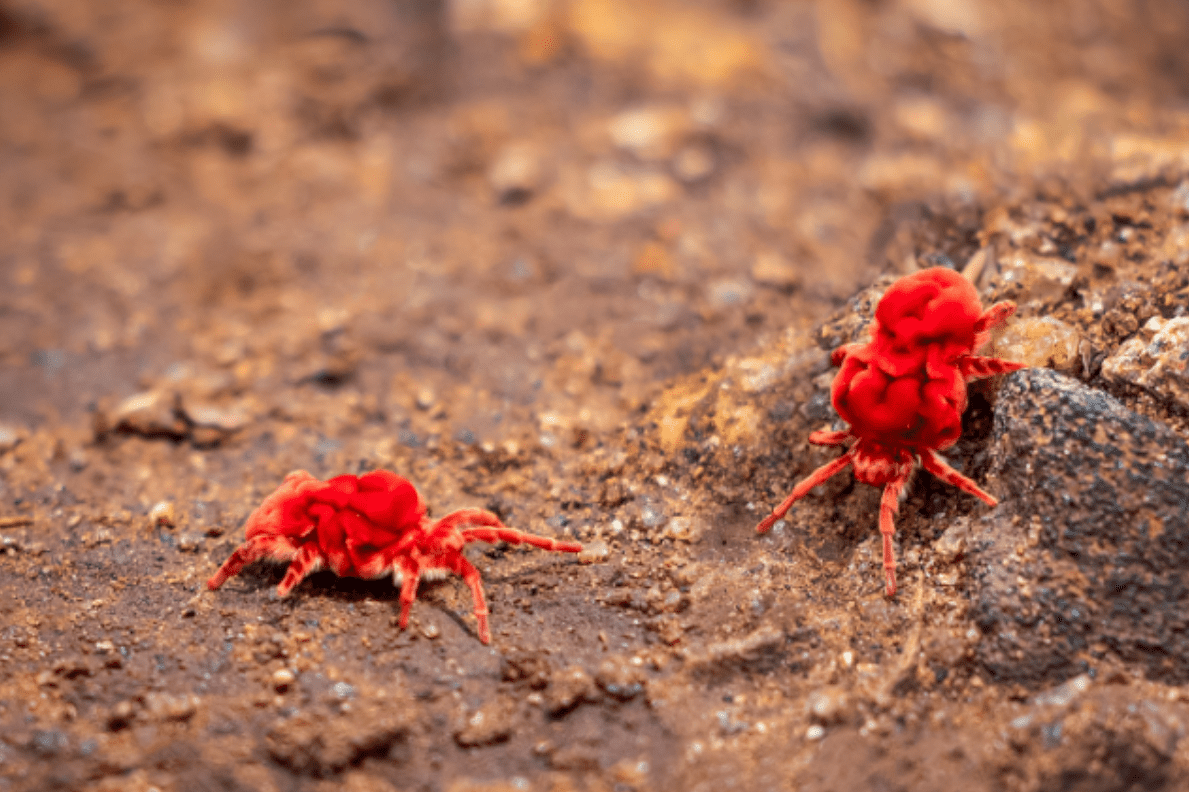 Getty Images
Getty Images
2. Pimples Happen
Acne is one of the most common skin conditions. In the United States some 40 to 50 million people are affected. 85% of humans will experience having acne at least one time in their life.
1. Some Macabre Fashion
In Iceland in the 17th century, there was a form of magic involving "necropants." These pants would be created using the flayed skin of a friend’s corpse and a stolen coin from a widow. The skin of the legs would be worn as pants, with a coin positioned on the scrotum. This was believed to bring wealth to the wearer of the necropants.


